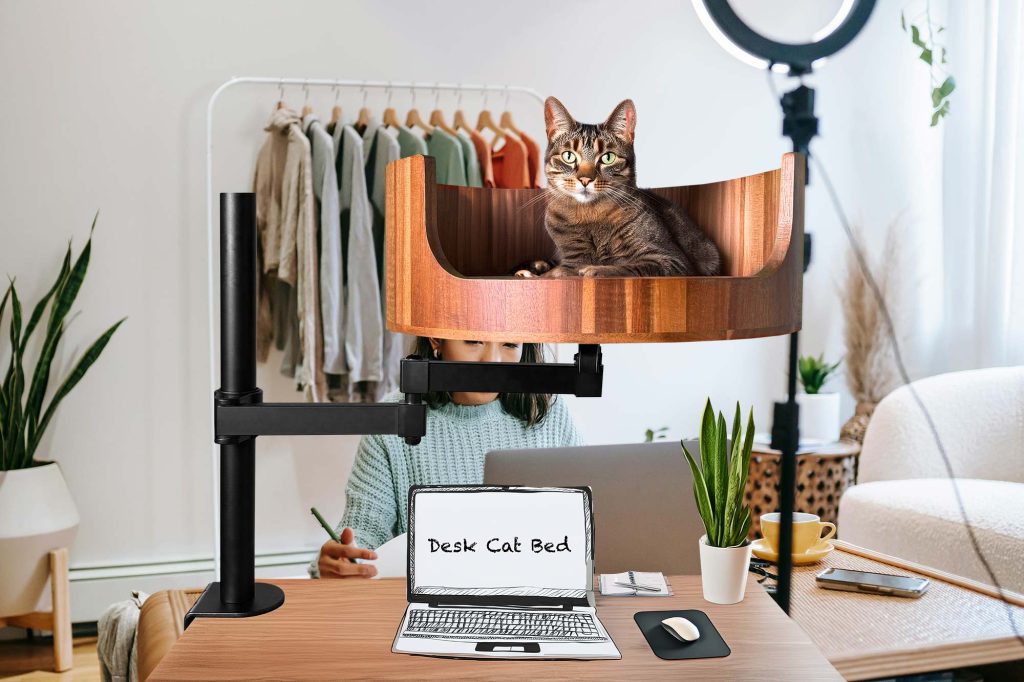Cat purring and biting are two common behaviors exhibited by felines that can often leave their owners feeling puzzled and unsure of what they mean. Understanding why cats purr and bite is crucial in maintaining a harmonious relationship with these mysterious creatures. In this article, we will delve into the fascinating world of feline behavior, exploring the reasons behind these behaviors and what they might signify about your cat’s emotions and needs.
Many cat owners have experienced the confusing combination of their cat purring contentedly one moment, only to suddenly switch gears and start biting without warning. We will unravel the mystery behind this behavior, shedding light on the reasons why cats purr and bite, as well as how to interpret and respond to these actions. By gaining insight into the motivations behind these behaviors, you will be better equipped to meet your cat’s needs and deepen your bond with your furry companion. So, let’s embark on this journey of discovery and learn more about the complex world of cat behavior.
1. Cat purring is a multifaceted behavior that can indicate contentment, anxiety, or pain, depending on the context.
2. Understanding why a cat is purring can help you better meet their needs and provide appropriate care.
3. Cat biting can be a form of communication, play, or aggression, and interpreting the underlying motivation is key to addressing the behavior effectively.
4. Building a strong bond with your cat through positive interactions and consistent training can help prevent problematic biting behaviors.
5. Consult a veterinarian or animal behaviorist if you are concerned about your cat’s purring or biting habits to ensure your feline friend’s well-being.
Understanding Cat Behavior
Understanding cat behavior is essential for any cat owner. Cats communicate through a variety of behaviors, including purring and biting. Purring is often associated with contentment and relaxation, while biting can be a sign of aggression or playfulness. It is important to pay attention to your cat’s body language and vocalizations to interpret their behavior accurately.
The Science Behind Purring
Purring is a unique sound that cats make by vibrating their vocal cords. It is often associated with positive emotions, such as happiness, relaxation, and comfort. Cats may purr while being petted, during feeding, or when curled up in a comfortable spot. Research has shown that purring can have a calming effect on both cats and humans, making it a valuable form of communication between cats and their owners.
Understanding Cat Biting
Cat biting can be more complex to interpret than purring. Cats may bite as a form of play, aggression, fear, or overstimulation. Playful biting is common among kittens and younger cats, but it is essential to discourage this behavior early on to prevent it from becoming a habit. Aggressive biting, on the other hand, may require professional intervention to address underlying issues such as fear or stress.
Managing Cat Behavior
It is crucial to manage your cat’s behavior effectively to ensure a harmonious relationship between you and your feline friend. Positive reinforcement techniques, such as rewarding good behavior with treats or toys, can be effective in shaping your cat’s behavior. In cases of aggressive behavior, consult with a veterinarian or animal behaviorist to develop a behavior modification plan tailored to your cat’s specific needs.
Conclusion
Understanding feline behavior, including purring and biting, is key to building a strong bond with your cat. By being attentive to your cat’s cues and needs, you can create a safe and happy environment for your furry companion. If you are unsure about your cat’s behavior or need guidance on behavior management, don’t hesitate to seek professional help from a veterinarian or animal behaviorist.
Frequently Asked Questions
How does the Desk Cat Nest help with cat purring and biting?
The Desk Cat Nest provides a comfortable and safe space for your cat to rest and play, reducing stress and anxiety that can lead to excessive purring and biting behaviors.
Is the Desk Cat Nest safe for all cats?
Yes, the Desk Cat Nest is designed to be a safe and cozy space for cats of all sizes and breeds. However, it is always recommend to supervise your cat while using the nest to prevent any accidents.
Can the Desk Cat Nest be easily cleaned?
Yes, the Desk Cat Nest is made with materials that are easy to clean with a damp cloth or vacuum. The removable cushion cover can also be machine washed for convenience.
Will the Desk Cat Nest help with territorial behaviors in my cat?
While the Desk Cat Nest can provide a safe space for your cat to claim as its own, it may not completely eliminate territorial behaviors. It is important to provide additional enrichment and training for cats exhibiting territorial aggression.
How long does it take for cats to adjust to the Desk Cat Nest?
Every cat is different, but most cats will adjust to the Desk Cat Nest within a few days to a week. To help your cat acclimate, you can try placing treats or toys inside the nest to encourage exploration.
In conclusion, the Desk Cat Bed is a valuable choice for cat owners dealing with purring and biting behaviors in their feline companions. By providing a cozy and secure sleeping space for your cat, the Desk Cat Bed helps reduce anxiety and stress levels, leading to a decrease in purring and biting incidents. Additionally, the raised edges offer a sense of security and comfort for your cat, promoting better sleep quality and overall well-being. Investing in a Desk Cat Bed is not only a practical solution for curbing unwanted behaviors, but it also offers a comfortable and stylish retreat for your beloved pet.


